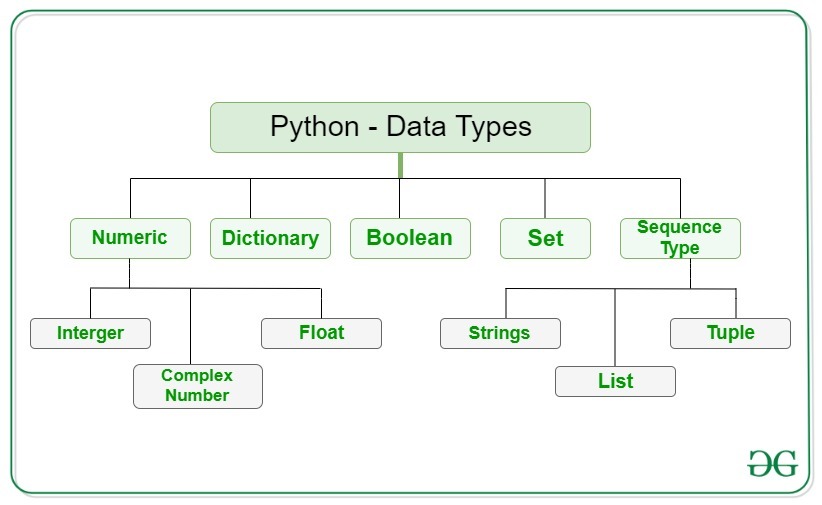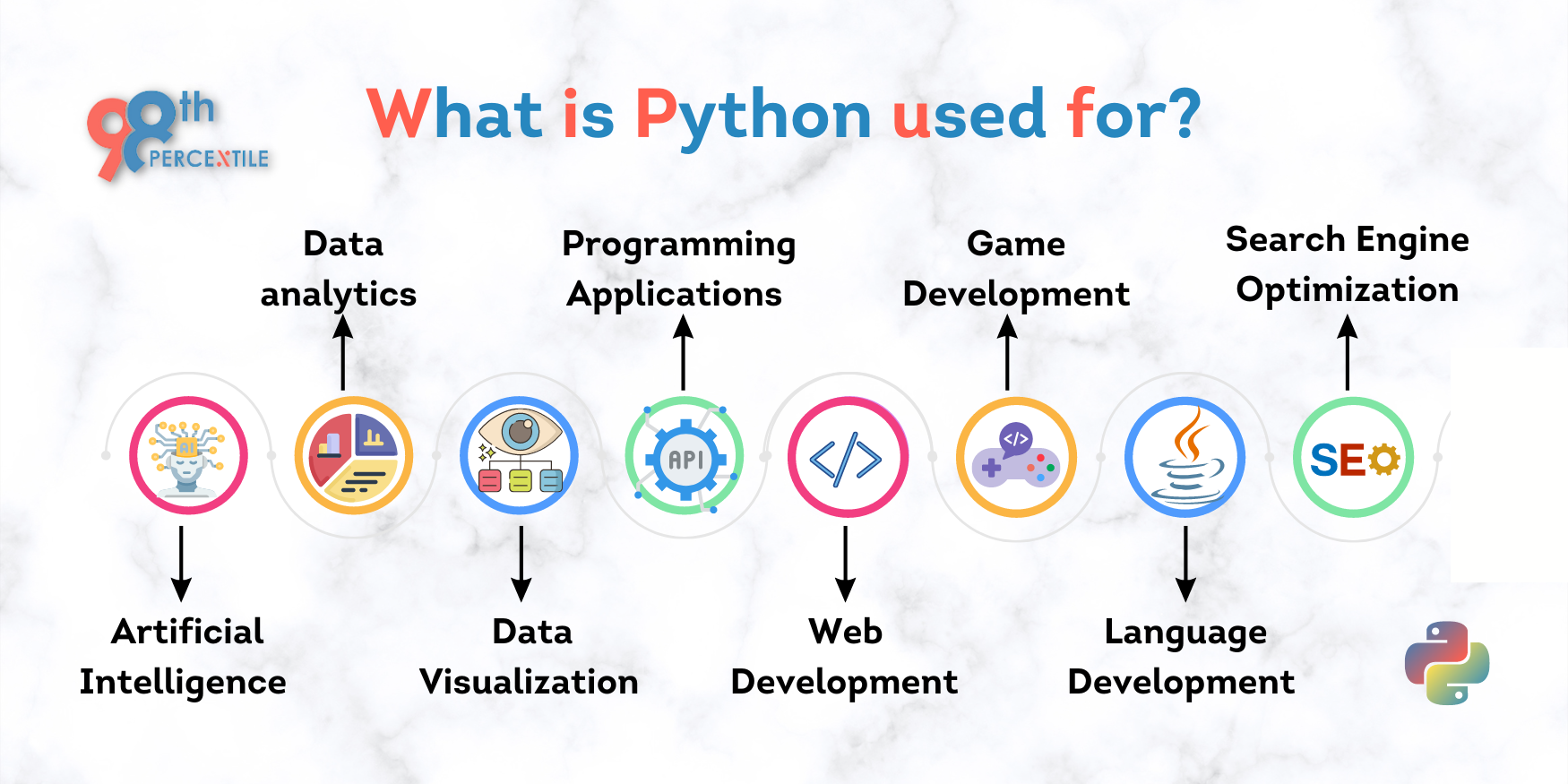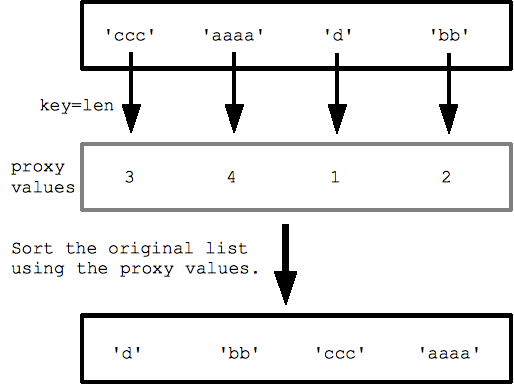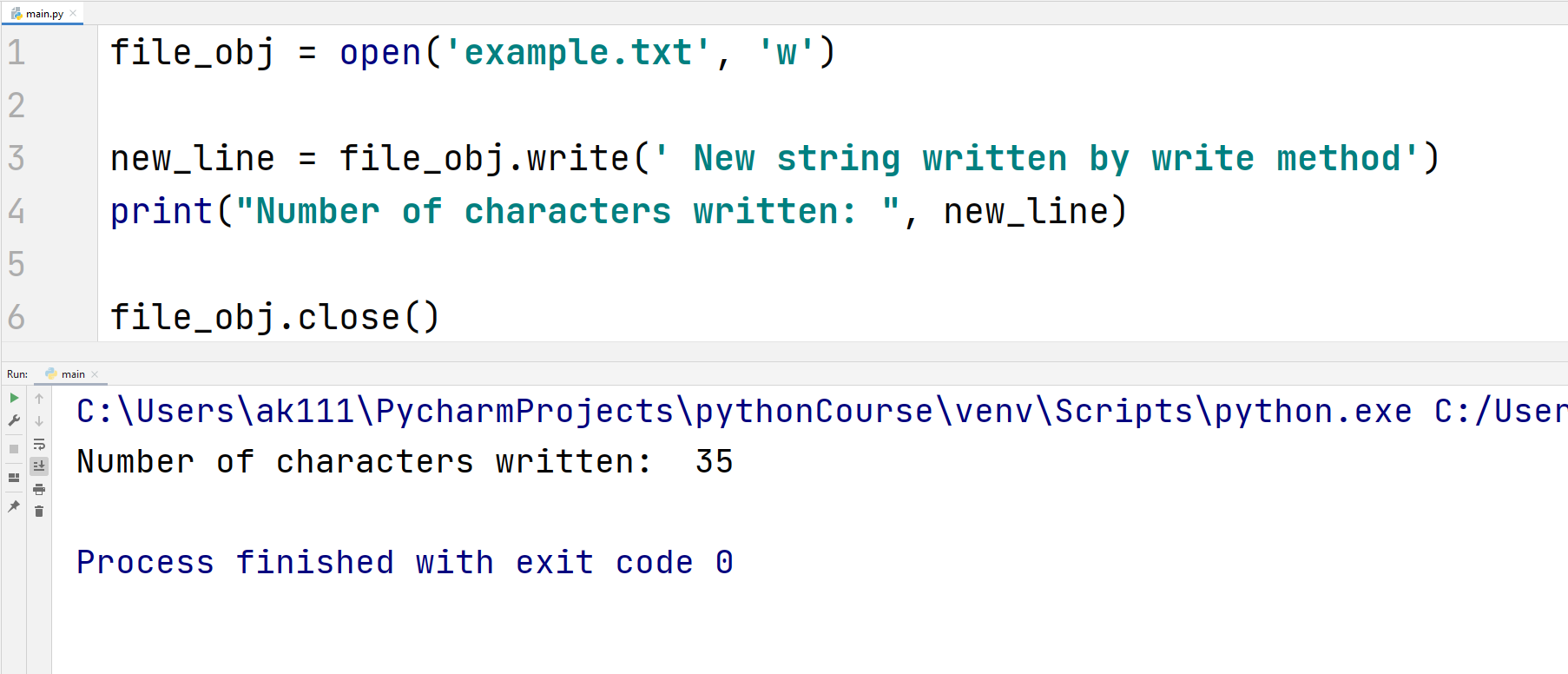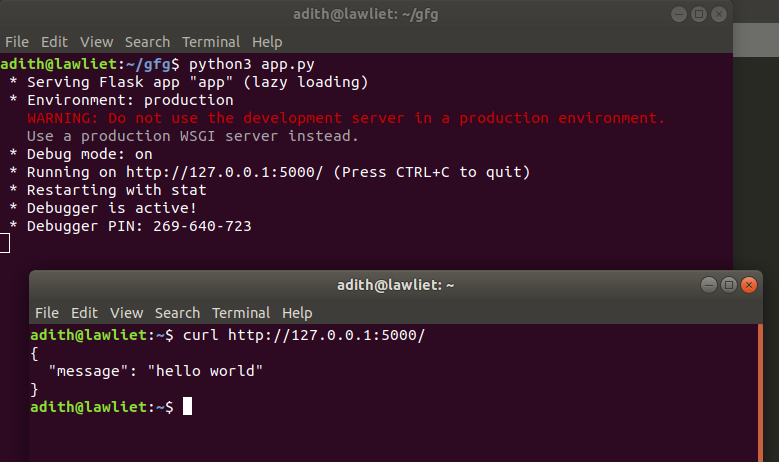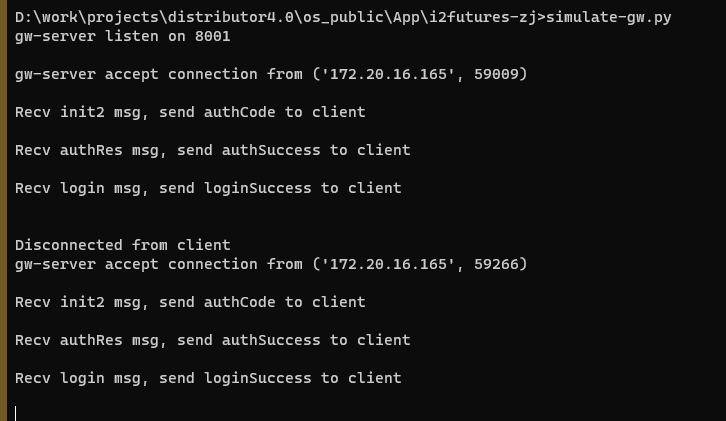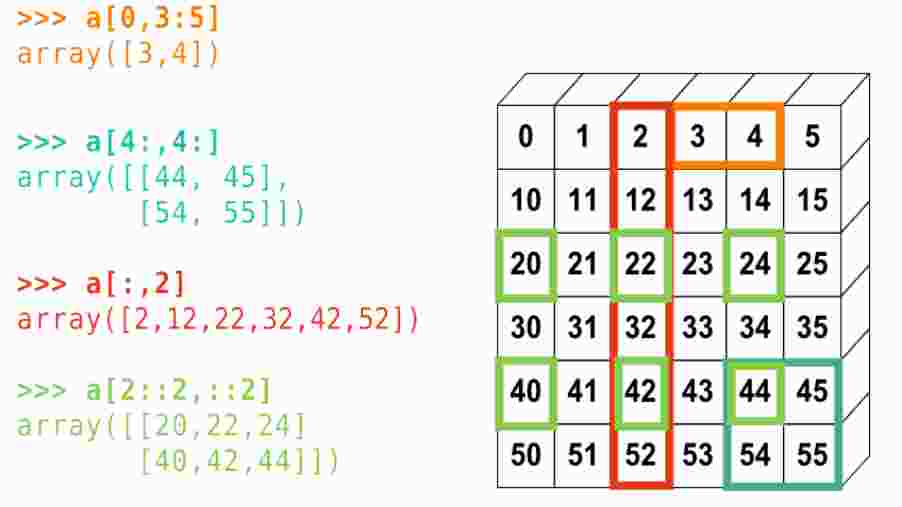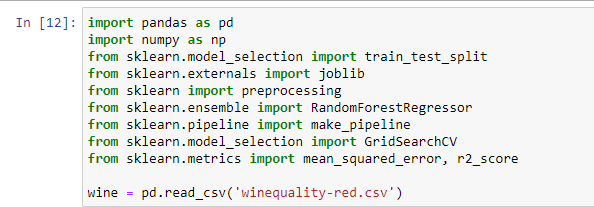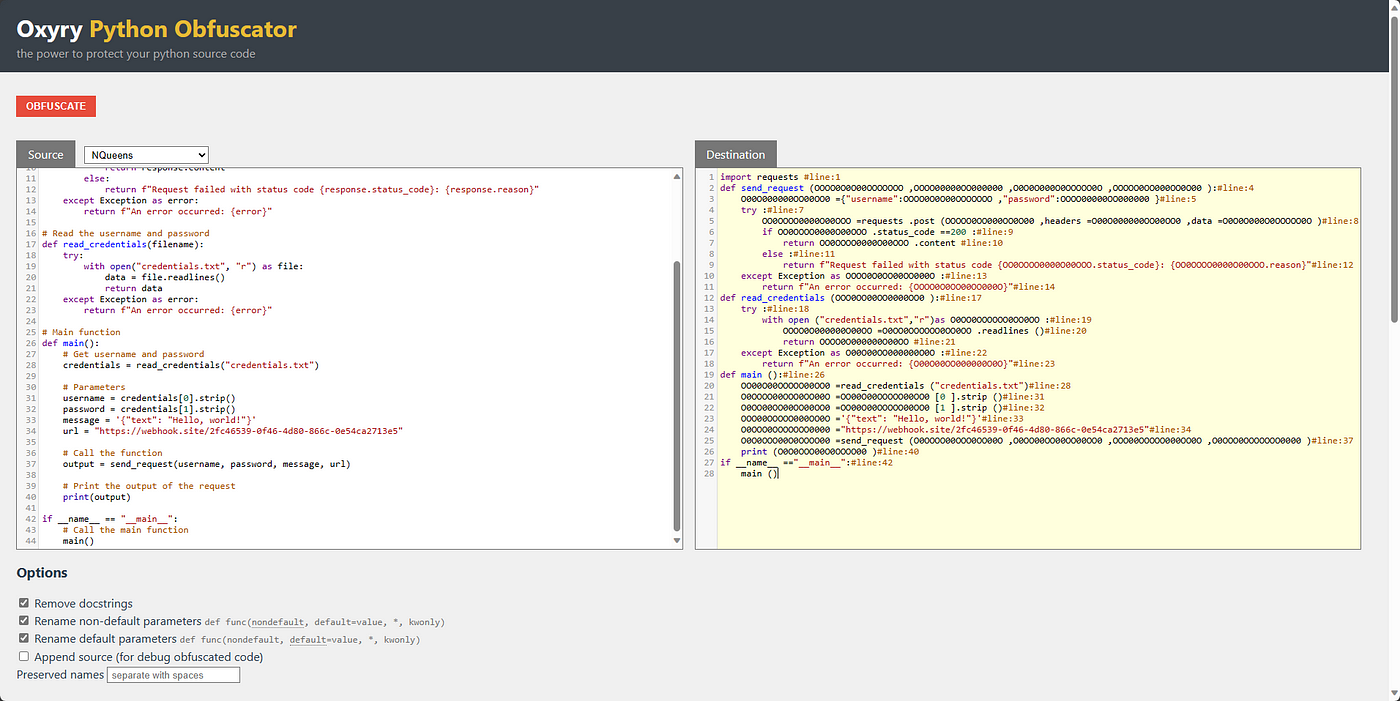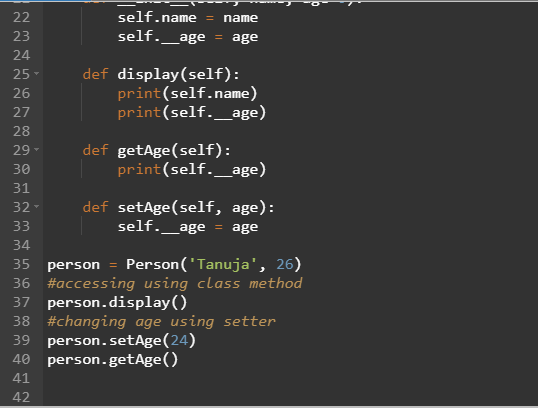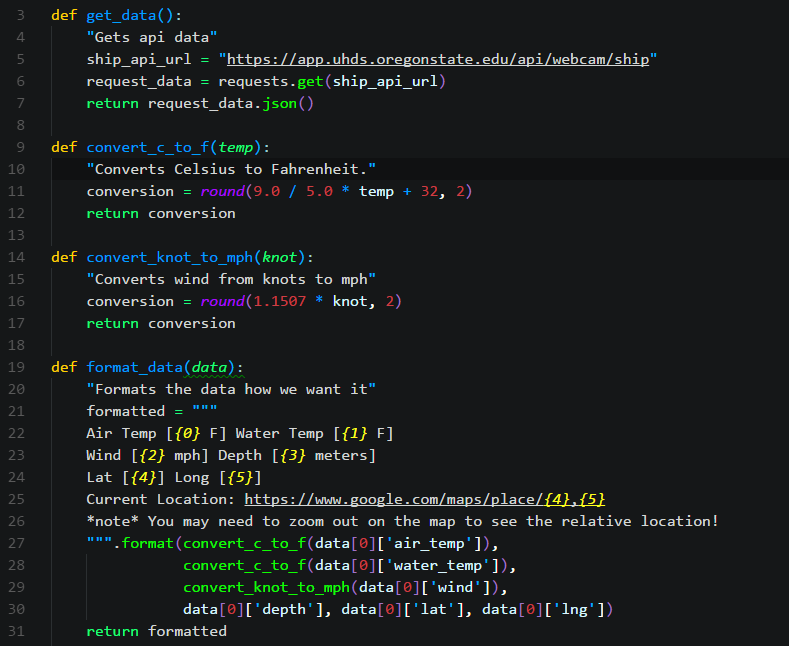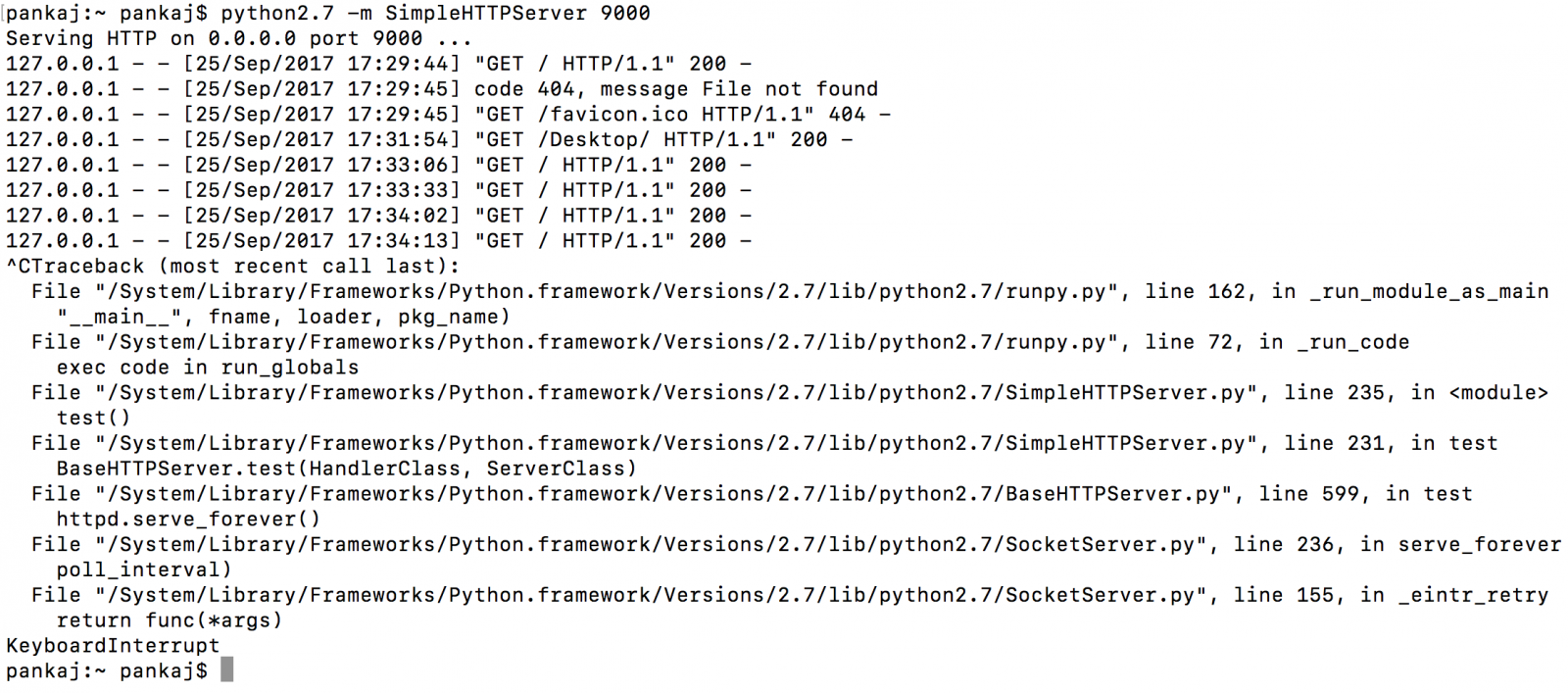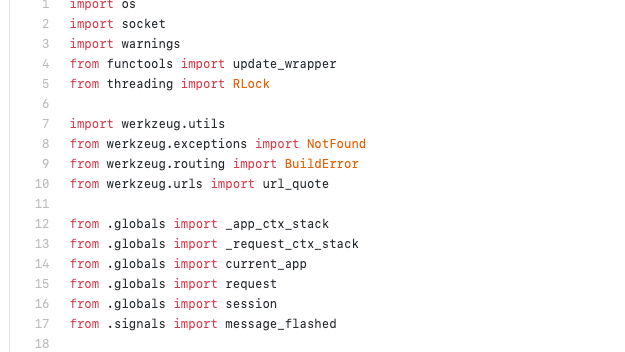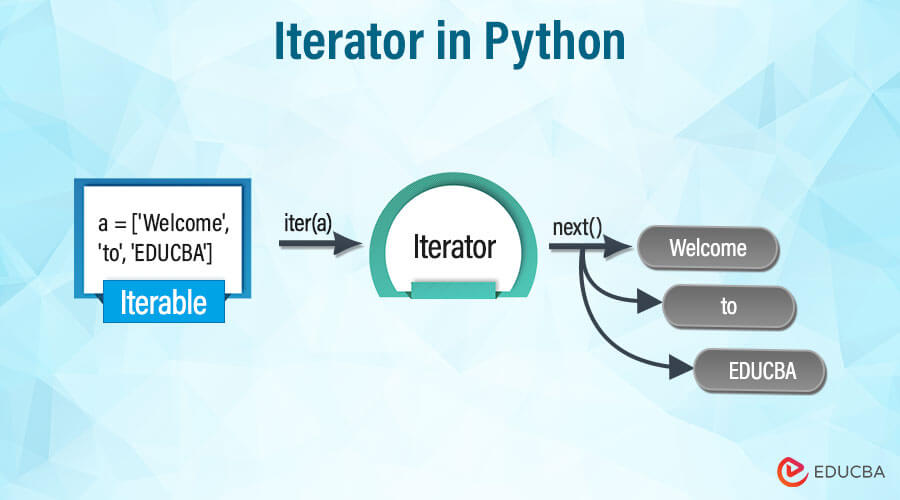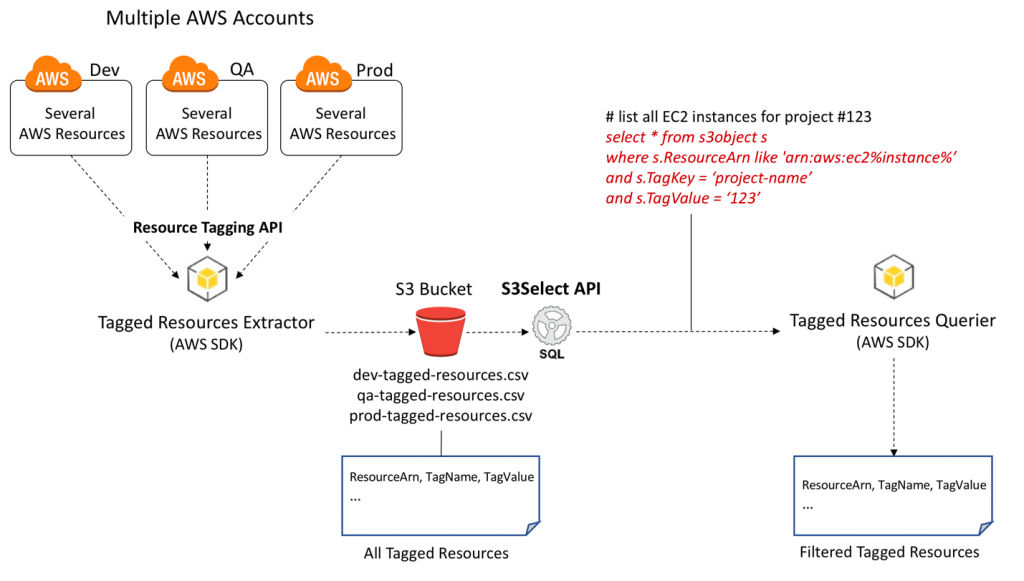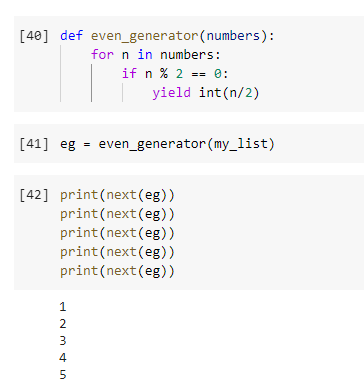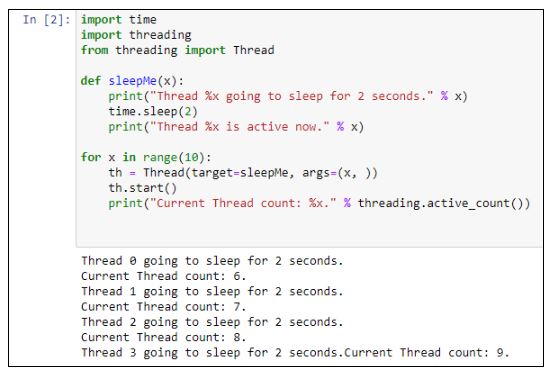Python metaclass example
Python metaclass example
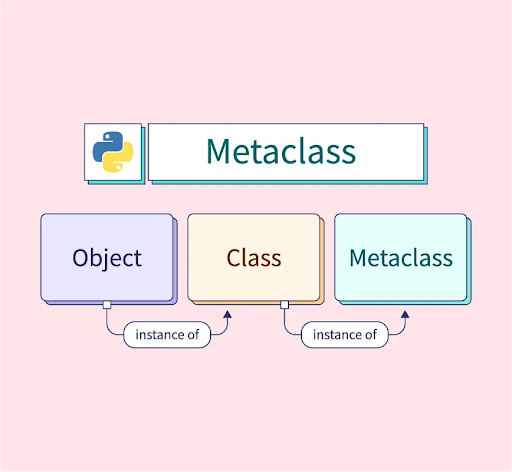
Here is an example of using a metaclass in Python:
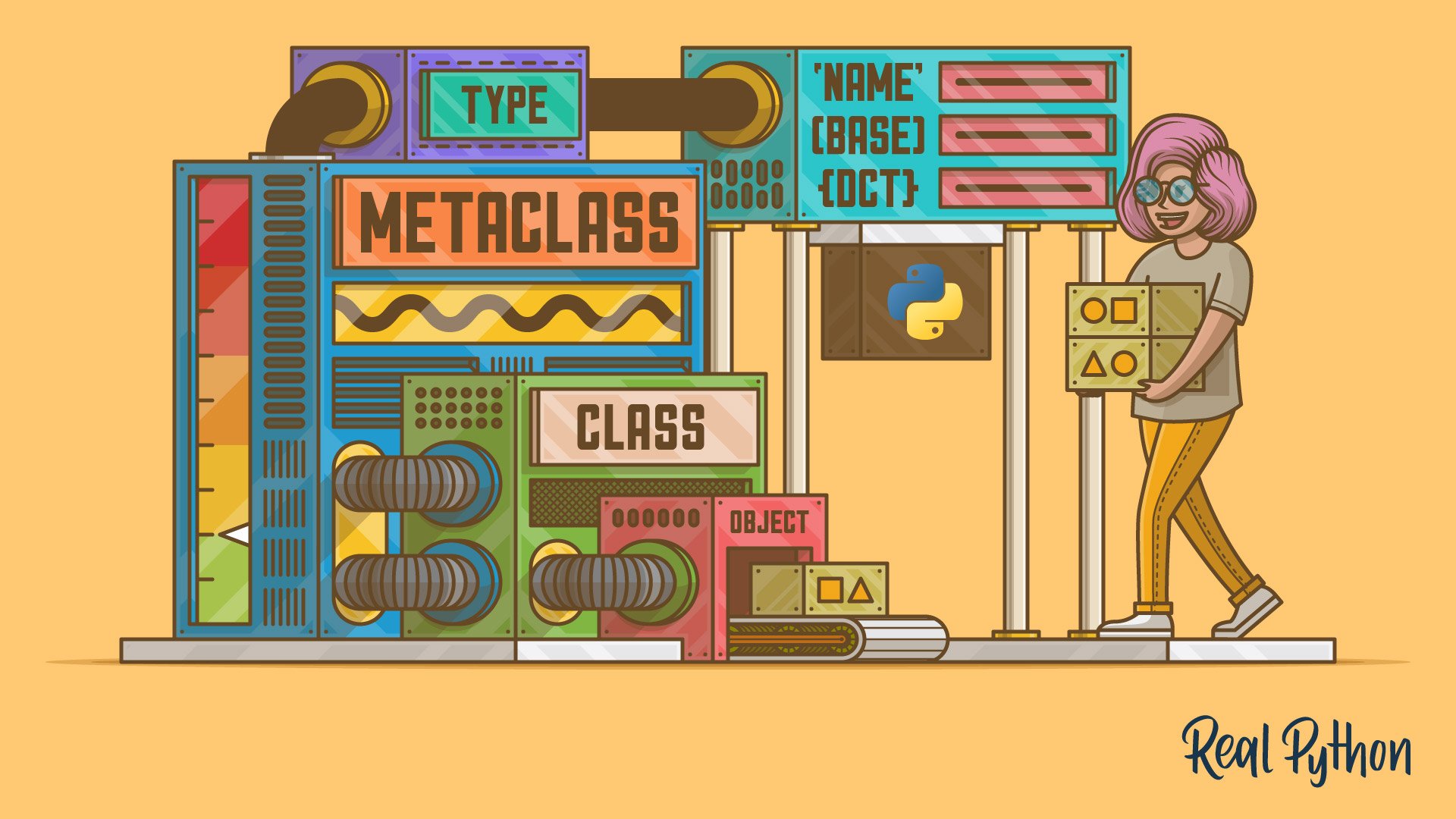
class Singleton(type):
_instances = {}
def call(cls, *args, **kwargs):
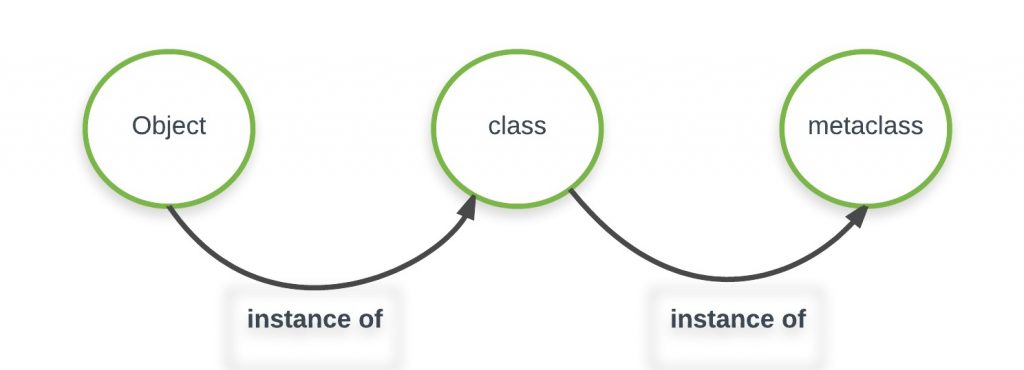
if cls not in cls._instances:
cls._instances[cls] = super(Singleton, cls).call(*args, **kwargs)
return cls._instances[cls]
class MyClass(metaclass=Singleton):
pass
Testing
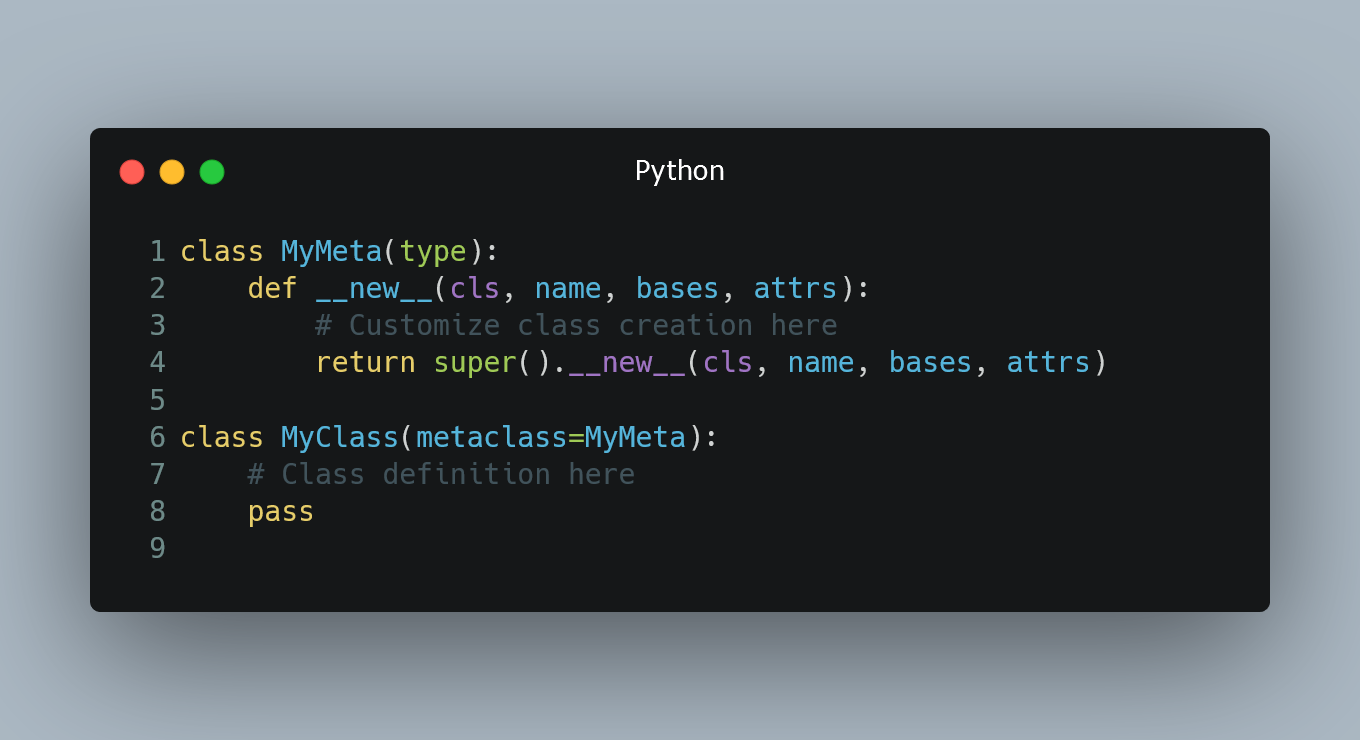
my_obj1 = MyClass()

my_obj2 = MyClass()
print(id(my_obj1)) # prints the same id as my_obj2
print(my_obj1 is my_obj2) # prints True, meaning they are the same object
In this example, we define a metaclass called Singleton. This metaclass is used to ensure that any class created with it will be a singleton, meaning that only one instance of the class can exist at any given time.
To achieve this, we override the __call__ method of the metaclass. When a new instance of the class is requested (i.e., when you do something like MyClass()), the metaclass checks if an instance of the class already exists in its _instances dictionary. If it doesn't exist yet, the metaclass creates it and stores it in the dictionary. Then, whenever someone tries to create a new instance of the class, the metaclass returns the existing instance instead.
In our MyClass, we use this Singleton metaclass by specifying it when defining the class: class MyClass(metaclass=Singleton):. This means that any instances created from MyClass will be singletons, meaning they are the same object.
You can test this by creating multiple instances of MyClass and checking their IDs or whether they are equal. As you'll see in the example I provided, even though we create two separate objects (my_obj1 and my_obj2), they actually point to the same underlying instance, demonstrating that they are singletons.
Using metaclasses can be a powerful way to customize the behavior of classes at creation time. However, it's essential to use them judiciously and with caution, as modifying the class definition itself can have significant implications for the class's usage and maintenance.
Python metaclass vs inheritance
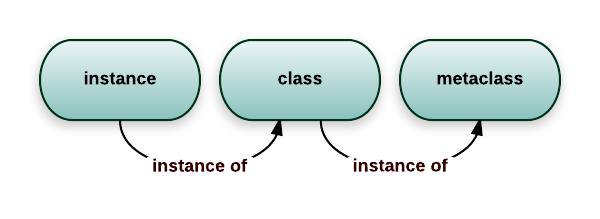
Python Metaclass vs Inheritance: A Comprehensive Comparison
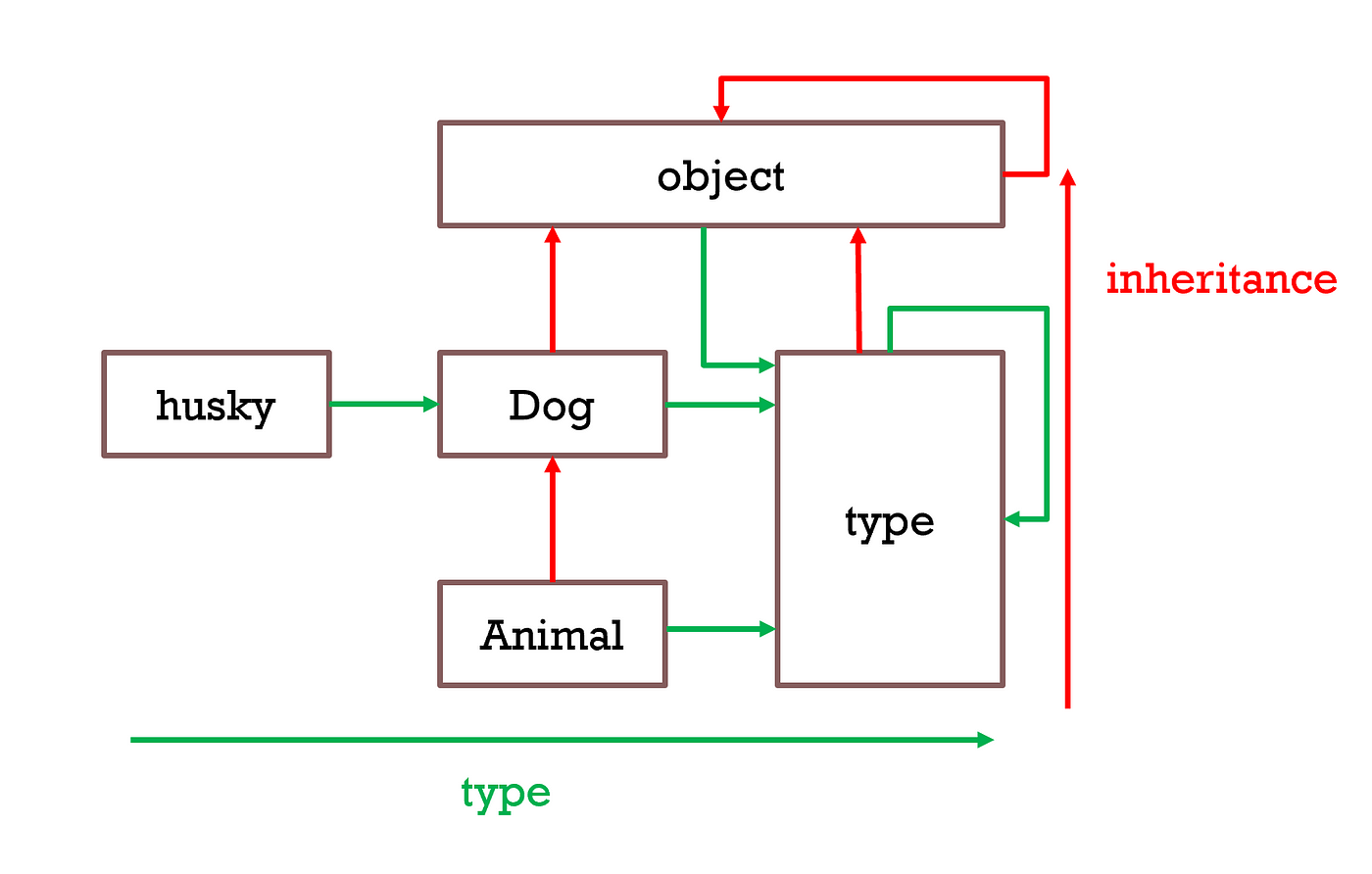
When it comes to designing classes in Python, developers often find themselves faced with a choice between two fundamental concepts: metaclasses and inheritance. While both are essential components of the Python language, they serve distinct purposes and can be used to achieve different goals.
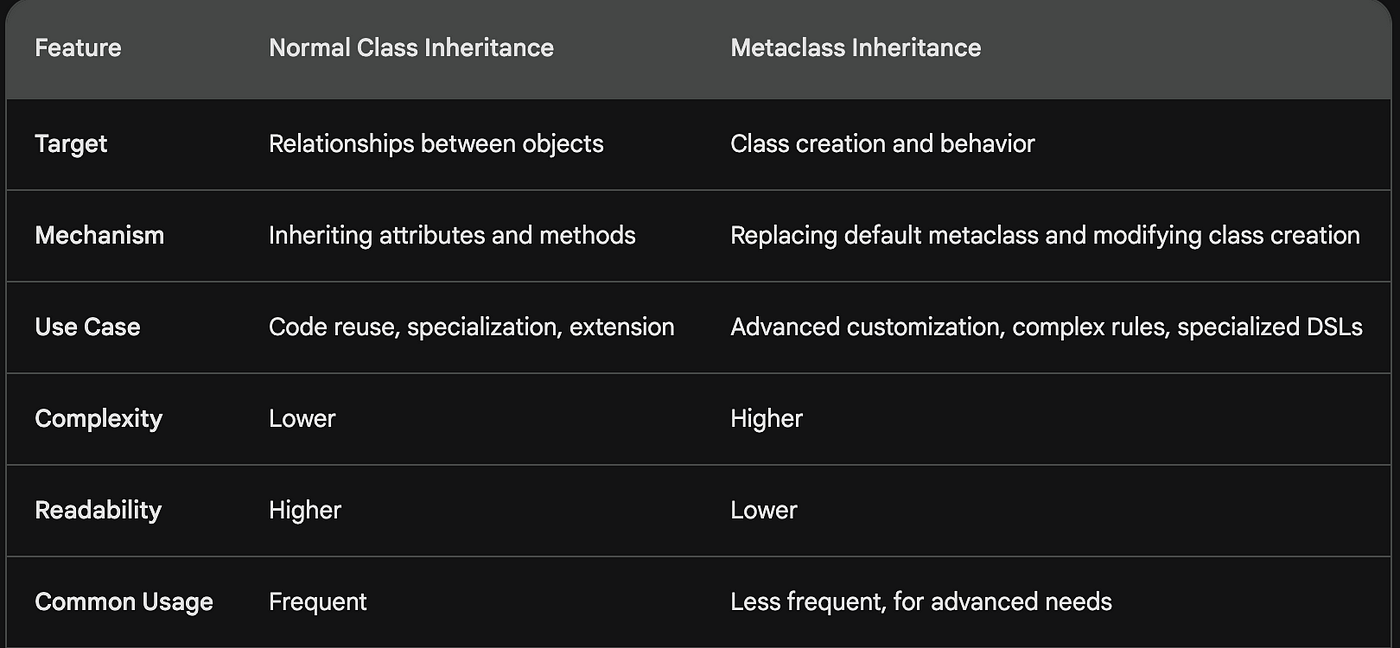
Inheritance
Inheritance is one of the core principles of object-oriented programming (OOP) in Python. It allows a child class to inherit properties and behavior from its parent class or classes. In other words, a child class inherits attributes and methods from its ancestor(s), which enables code reuse and facilitates the creation of hierarchical relationships between classes.
Here's an example:
class Animal:
def init(self, name):
self.name = name
def sound(self):
print("Animal makes a sound")
class Dog(Animal):
def sound(self):
print("Dog barks")
my_dog = Dog("Fido")
print(my_dog.name) # prints "Fido"
my_dog.sound() # prints "Dog barks"
In this example, the Dog class inherits the name attribute and the sound() method from its parent class Animal. The child class can also override the inherited behavior by defining its own implementation.
Metaclasses
A metaclass is a class that creates classes. In Python, when you define a class, you're actually creating an instance of a metaclass. The default metaclass is type, which is responsible for creating and initializing classes.
Metaclasses can be used to manipulate or extend the class creation process by modifying or intercepting the class definition. This allows developers to implement various forms of meta-programming, such as:
Code generation: creating classes on-the-fly based on some input data Class registration: registering classes with a framework or registry Class validation: validating class definitions against certain criteriaHere's an example:
class SingletonMeta(type):
_instances = {}
def call(cls, *args, **kwargs):
if cls not in cls._instances:
instance = super(SingletonMeta, cls).call(*args, **kwargs)
cls._instances[cls] = instance
return cls._instances[cls]
class MyClass(metaclass=SingletonMeta):
def init(self, name):
self.name = name
obj1 = MyClass("Object 1")
obj2 = MyClass("Object 2")
print(obj1 is obj2) # prints True, indicating both objects are the same instance
In this example, the SingletonMeta metaclass ensures that only one instance of a class can be created.
Key differences
To summarize:
Inheritance: Enables code reuse and hierarchical relationships between classes. Allows child classes to inherit attributes and methods from parent classes. Focuses on the relationship between classes, emphasizing "is-a" relationships (e.g., aDog is an Animal). Metaclasses: Allows for meta-programming, enabling manipulation or extension of class creation. Enables the implementation of various forms of code generation, registration, and validation. Focuses on the creation and initialization of classes themselves, rather than their relationships.
While both concepts are crucial in Python, they serve distinct purposes. Inheritance is primarily used to create hierarchical relationships between classes, whereas metaclasses are used to manipulate or extend the class creation process.
In conclusion, when deciding whether to use inheritance or a metaclass, consider the specific requirements of your project:
If you need to reuse code and establish hierarchical relationships between classes, inheritance might be the better choice. If you require more advanced meta-programming capabilities, such as code generation or registration, a metaclass is likely the way to go.